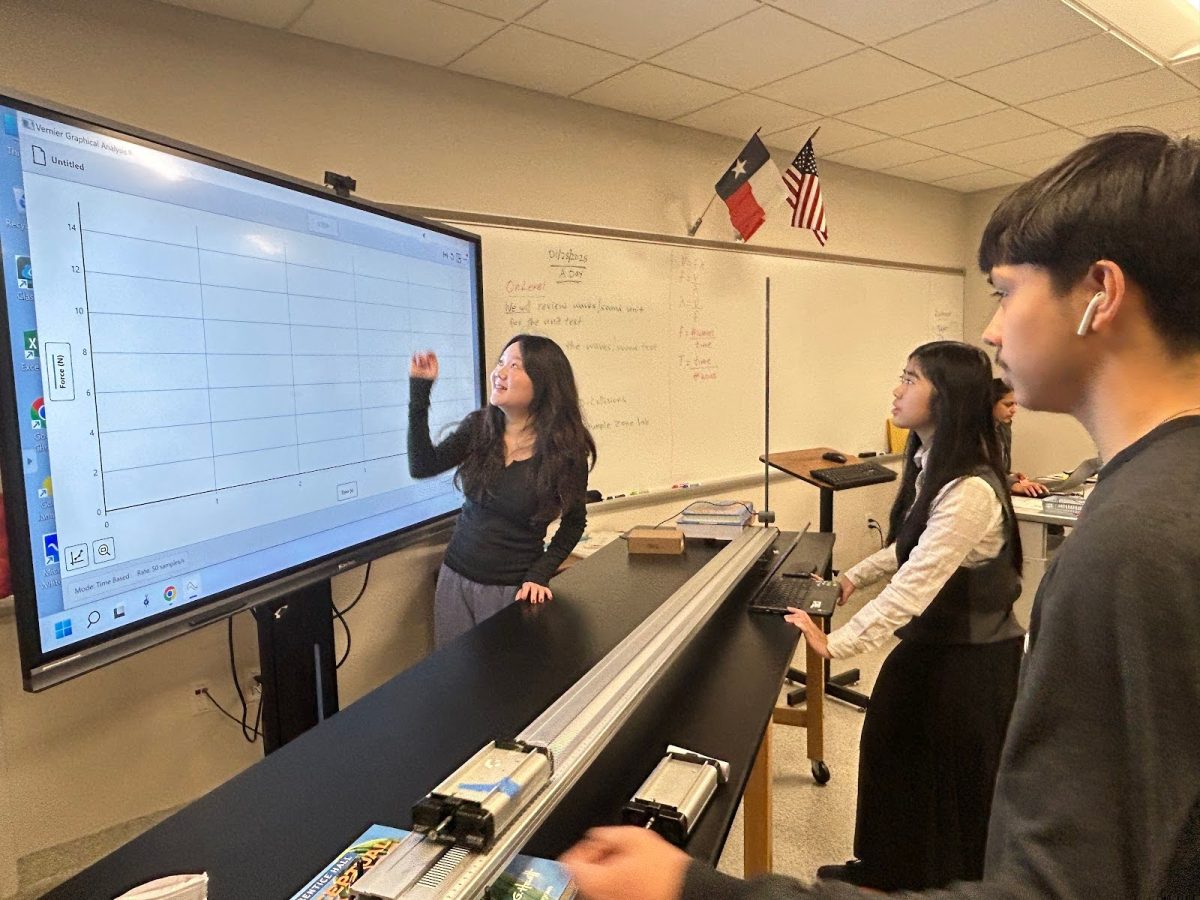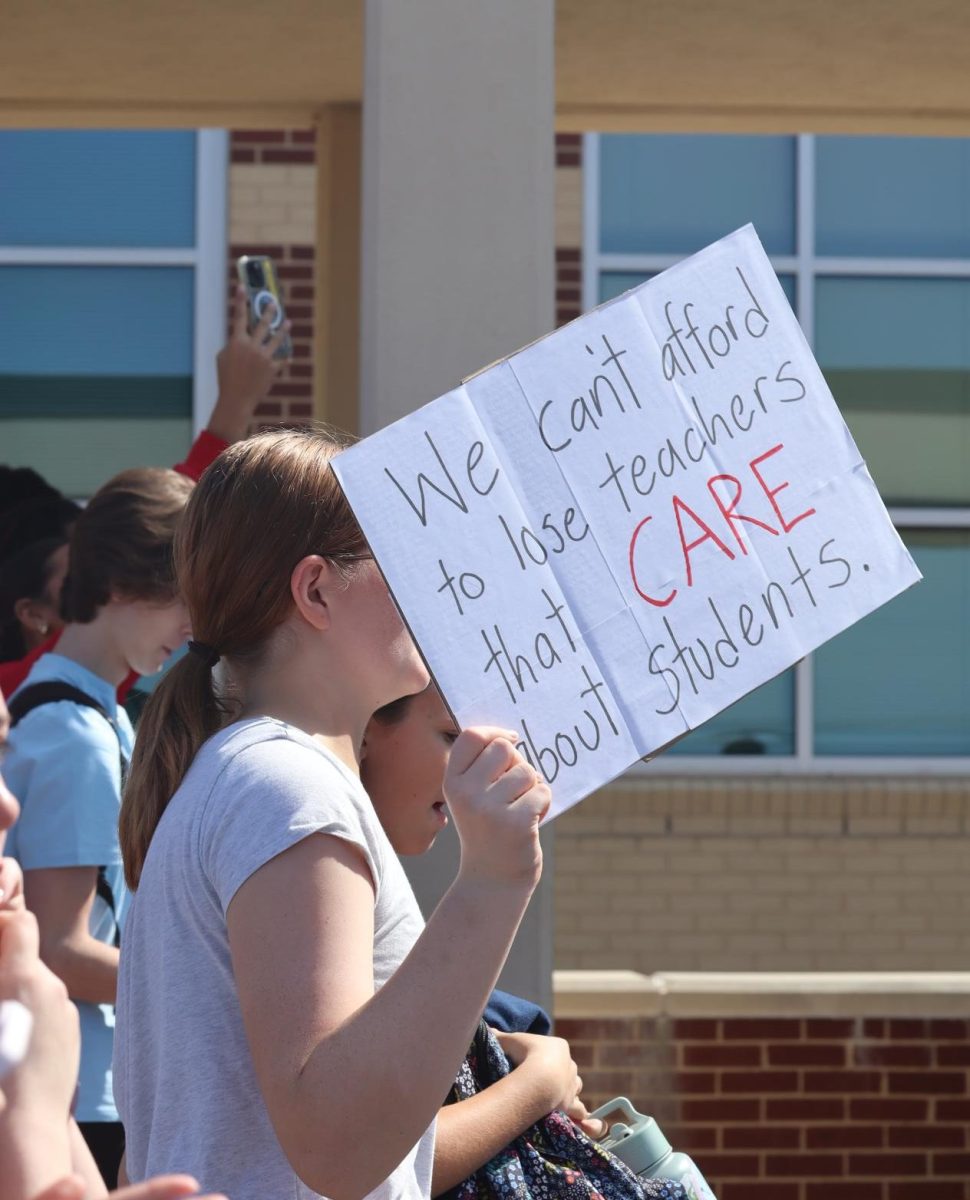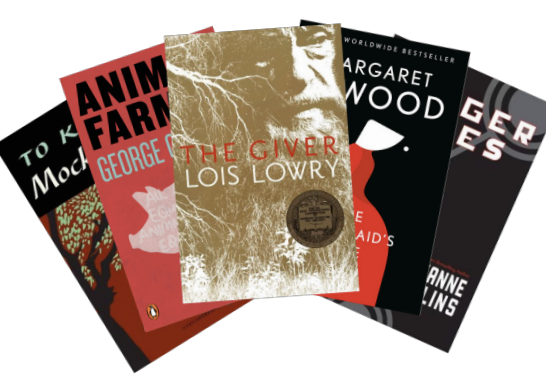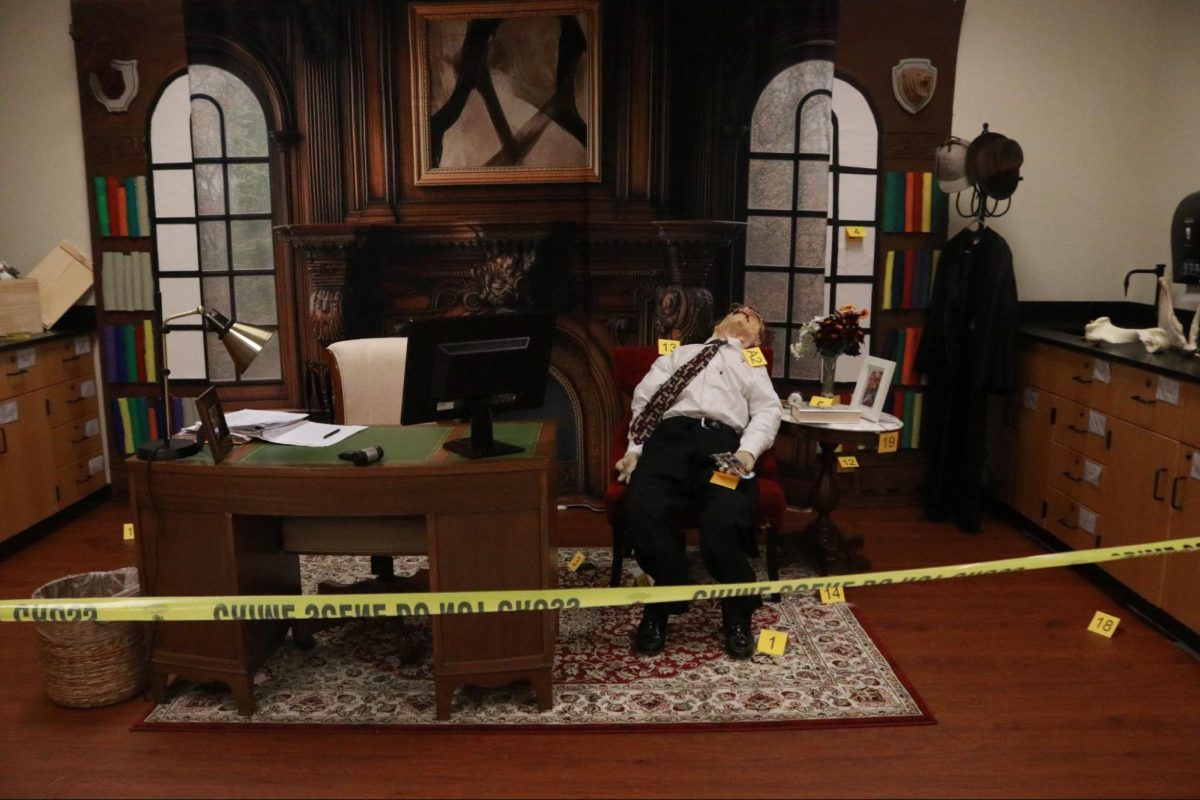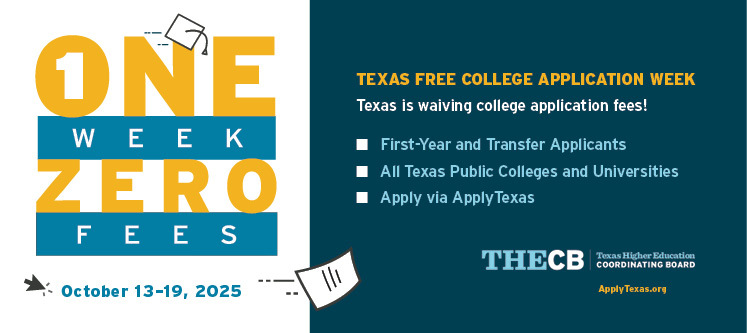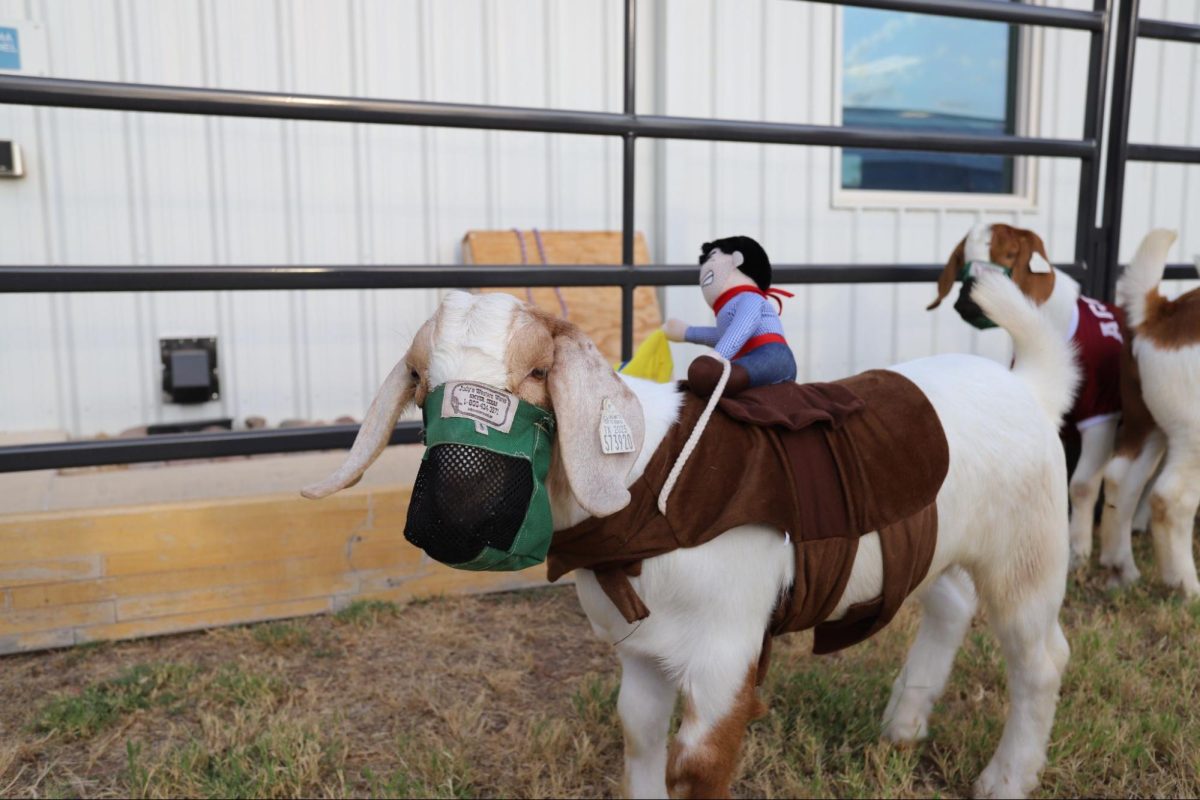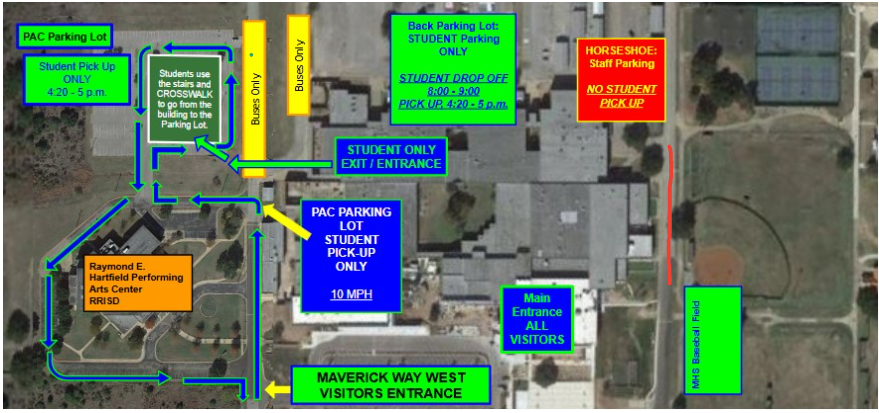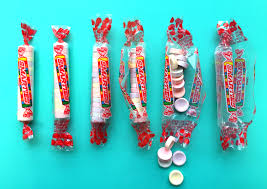AP physics performed the Crumple Zone Lab, where students had to design, create and test two bumpers for a miniature car.
Modern day bumper have crumple zones designed to break and bend in the case of an accident to reduce the force felt on passengers. Students’ goal was to design a bumper to reduce the force a potential passenger would feel in an accident.
“I think this was one of the best labs that we have done so far for physics,” junior Janani Pragalha said. “It was creative and more hands-on than the other labs. It was also nice to see how many people came up with different styles of bumpers unlike our other labs where everyone did the same thing.”
Students had to make each bumper only using a sheet of paper, 20 centimeters of tape and scissors in their table groups.
“Mr. Shive was very direct with letting us know if we ran out of materials, we would not be getting any extra ones,” sophomore Shlok Borkar said. “The issue was that we had to be extremely careful with the way we had to fold and cut our paper, as any time mistake could ruin the lab.”
While making the bumpers, students had to make sure the bumper didn’t extend more than five centimeters past the car, wasn’t wider than the car and didn’t touch the ramp the car was on.
“The longer we made our bumper, the more effective it was at reducing the momentum of the cart,” Borkar said. “We also noted that a wider bumper was slightly less effective. It seemed tedious, and I feel as though the other labs we did a lot better and helped me learn more.”
Students first had to draw a design of their initial bumper then write a procedure for the lab about the steps and extra materials they would need.
“Designing the bumpers was fun,” Pragalha said. “It was interesting to think about ways to create something to improve it. Writing the procedure and answering the post-lab questions was less interesting, but useful.”
Students then had to test a control bumper, a car without a bumper and collect the data for that trial. Then students had to test and record the data for their first and second bumper.
“We especially had a car without a bumper because it would act as a control group,” junior Megan Nguyen said. “The other two carts containing the different bumpers show different collision forces after the release. This would allow us to see which bumper was the most effective, and we could figure that out by calculating the force, time, and impulse that occurred at each cart.”

